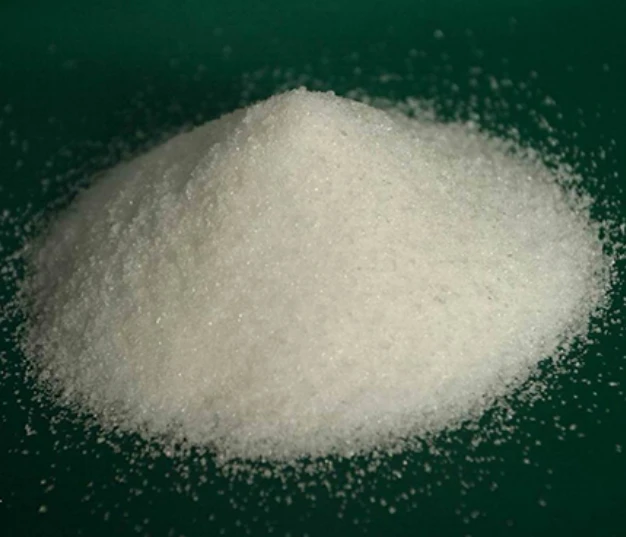hedp phosphonate
Understanding HEDP Phosphonate A Comprehensive Overview
HEDP (Hydroxyethane Diphosphonic Acid) is a member of the phosphonate family, which includes a variety of chemicals that play crucial roles in different industrial and agricultural applications. The structure of HEDP features two phosphonic acid groups, making it a potent chelating agent that has garnered significant attention in fields such as water treatment, corrosion inhibition, and even agriculture.
Chemical Properties
HEDP is characterized by its ability to form stable complexes with metal ions. This property arises due to its two phosphonic acid groups, which can bind to cations like calcium, magnesium, and iron. As a chelating agent, HEDP inhibits scale formation and precipitates in water systems, particularly in cooling towers, boilers, and industrial processing systems. It is noteworthy for its high stability over a wide range of pH levels, which makes it effective in various conditions typically found in industrial setups.
Applications in Water Treatment
One of the primary applications of HEDP is in water treatment. In many industrial settings, hard water containing elevated levels of calcium and magnesium can lead to the formation of scale in pipelines and machinery, ultimately causing inefficiencies and damage. By adding HEDP to water systems, industries can effectively prevent scaling, thus improving energy efficiency and extending equipment life. Furthermore, HEDP serves as a corrosion inhibitor, reducing the rate of metal deterioration in the presence of oxygen and other corrosive environments.
hedp phosphonate

Role in Agriculture
HEDP’s usefulness extends beyond industrial applications; it also plays a role in agriculture. It is used in fertilizers and soil conditioners to enhance the availability of essential nutrients. The chelating properties of HEDP allow it to bind with trace metals, ensuring that these nutrients are more accessible to plants. This is particularly important in soils that may be deficient in certain micronutrients, as the use of HEDP can lead to improved crop yields and overall agricultural productivity.
Environmental Considerations
While HEDP is highly effective, its environmental impact must be considered, especially because phosphonates can pose risks to aquatic ecosystems if released in large quantities. Therefore, regulatory measures and guidelines have been established to control its usage and prevent environmental contamination. Moreover, there is an ongoing effort in the industry to develop biodegradable alternatives that can deliver similar benefits without the long-term ecological effects.
Conclusion
In summary, HEDP stands out as a versatile and effective phosphonate that finds utility in various sectors, most notably in water treatment and agriculture. Its ability to chelate metal ions and inhibit corrosion positions it as a valuable tool in industrial operations, while its role in enhancing nutrient availability underscores its importance in agriculture. As industries evolve and embrace more sustainable practices, the challenge will be to balance HEDP’s effectiveness with its environmental implications, paving the way for innovations that ensure both productivity and ecological integrity. With continued research and development, HEDP remains a promising compound for addressing some of today’s most pressing industrial and agricultural challenges.
-
lk-319-special-scale-and-corrosion-inhibitor-for-steel-plants-advanced-solutions-for-industrial-water-systemsNewsAug.22,2025
-
flocculant-water-treatment-essential-chemical-solutions-for-purification-processesNewsAug.22,2025
-
isothiazolinones-versatile-microbial-control-agents-for-industrial-and-consumer-applicationsNewsAug.22,2025
-
scale-inhibitor-key-solutions-for-water-system-scale-preventionNewsAug.22,2025
-
organophosphonates-versatile-scale-inhibitors-for-industrial-water-systemsNewsAug.22,2025
-
scale-and-corrosion-inhibitor-essential-chemical-solutions-for-water-system-maintenanceNewsAug.22,2025





